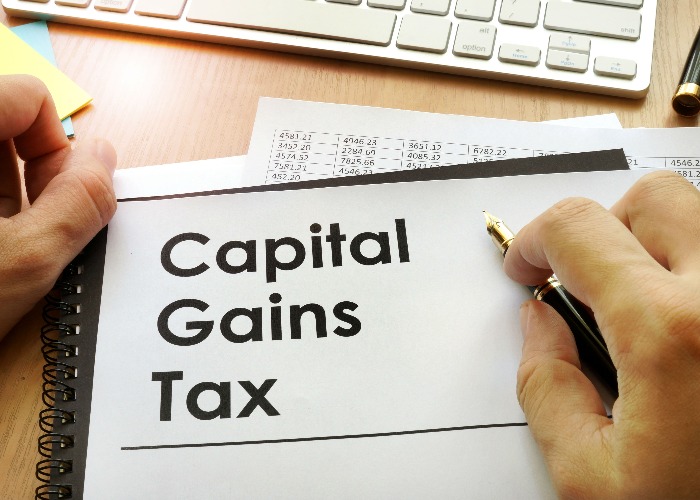Since 6 April 2020 gains made on the disposal of UK residential property have to be reported and the CGT paid within 30 days, using the UK Property Reporting Service. This online service doesn’t link into the annual self-assessment reporting system.
However, HMRC had assured the tax and accounting professional bodies that any under or over ‘payments on account’ of CGT would be sorted out in the taxpayer’s annual self-assessment. It appears that is not the case.
All taxable gains must be reported on the SA form whether or not they have also been reported through the UK Property Reporting Service. It is only at this stage that taxpayer’s total income for the year is determined and thus how much of the gains fall into the basic and higher rate tax bands. The incidence of capital losses can also reduce the final amount of CGT due compared to what was paid on account.
The SA computation will not automatically off-set any overpaid CGT against income tax and NIC due, or prompt HMRC to refund the excess CGT. In this situation the taxpayer has a choice of how to secure the refund of CGT:
- Amend the UK Property Disposals return and claim a tax refund via that service, if an amendment to that particular calculation permitted under FA2019, Sch 2, para 15.
- Complete the SA return using the original figures on the UK Property Disposal return, then view and print the tax calculation.
Note, action 1) should not be undertaken once the SA return for the year has been submitted.
If route 2) is taken and the total of income tax, CGT and NIC due is more than the amount of CGT overpaid, the taxpayer can pay the balance of tax by 31 January 2022. However, the taxpayer or his agent must first contact HMRC on 0300 200 3300 and ask for a manual adjustment to set off the amount of CGT overpaid against the other taxes due. An alternative solution is to pay all the income tax, NIC and CGT shown as due on the SA computation and contact HMRC for a repayment of any overpaid CGT.
This manual adjustment by HMRC is a temporary solution which creates more work for taxpayers, their tax advisers and HMRC. It is hoped that an automated solution will be provided in due course.
Note that non-resident taxpayers must report and pay the tax on gains from all UK commercial and residential properties, so the problem is much bigger for non-resident individuals.
See the advice from the CIOT, and an example, here


